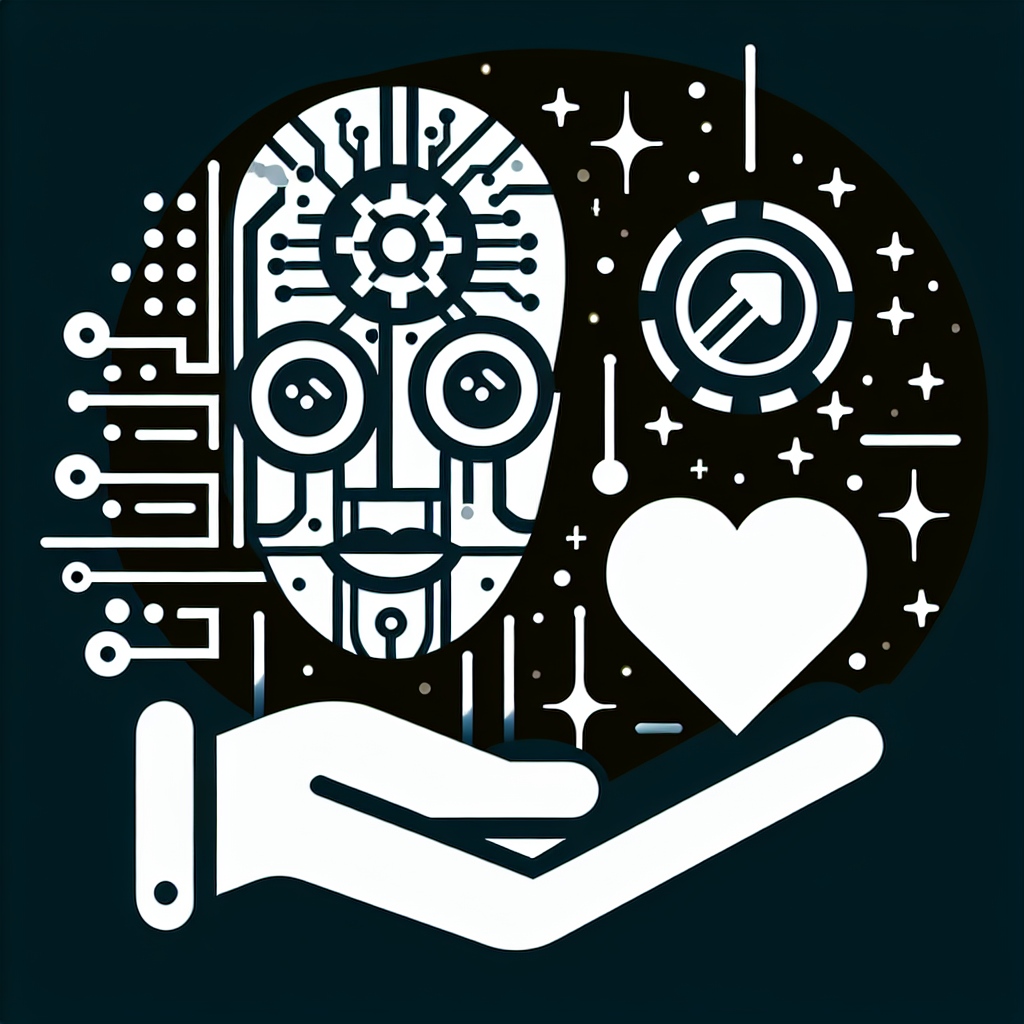The Future of Philanthropy: How AI is Changing the Game
Philanthropy has long been a cornerstone of society, with individuals and organizations giving back to their communities and the world at large. However, as technology continues to advance at an unprecedented rate, the landscape of philanthropy is also changing. Artificial intelligence (AI) is revolutionizing the way that philanthropic organizations operate, making it easier for them to identify areas of need, allocate resources efficiently, and measure the impact of their efforts. In this article, we will explore how AI is reshaping the future of philanthropy and what it means for the world of giving back.
AI in Philanthropy: A Game-Changer
Artificial intelligence has the potential to transform the way that philanthropic organizations operate in a number of ways. One of the key benefits of AI is its ability to analyze vast amounts of data quickly and efficiently. This means that philanthropic organizations can now access real-time information about the areas they serve, allowing them to make more informed decisions about where to allocate resources.
AI can also help philanthropic organizations identify patterns and trends in data that might not be immediately apparent to human analysts. By using machine learning algorithms, AI can sift through large datasets to uncover insights that can help organizations make more strategic decisions about their giving.
Another way that AI is changing the game for philanthropy is through its ability to automate processes that were once time-consuming and labor-intensive. For example, AI-powered chatbots can now handle donor inquiries and requests, freeing up staff members to focus on more strategic tasks. AI can also streamline the grant-making process, making it easier for organizations to identify potential grantees and evaluate their impact.
AI is also helping philanthropic organizations measure the impact of their efforts more effectively. By using AI-powered tools to track key performance indicators and outcomes, organizations can now get a clearer picture of the difference their work is making in the world. This can help them refine their strategies and ensure that they are making the most of their resources.
Overall, AI is revolutionizing the way that philanthropic organizations operate, making it easier for them to identify areas of need, allocate resources efficiently, and measure the impact of their efforts. As AI continues to advance, we can expect to see even more innovations in the world of philanthropy, helping organizations to make an even greater impact on the world.
FAQs
Q: How is AI being used in philanthropy?
A: AI is being used in philanthropy in a number of ways. For example, AI can help organizations analyze large datasets to identify areas of need, automate processes such as donor inquiries and grant-making, and measure the impact of their efforts more effectively.
Q: What are some examples of AI in philanthropy?
A: One example of AI in philanthropy is the use of machine learning algorithms to analyze data and uncover insights that can help organizations make more strategic decisions about their giving. Another example is the use of AI-powered chatbots to handle donor inquiries and requests.
Q: How is AI changing the game for philanthropy?
A: AI is changing the game for philanthropy by making it easier for organizations to identify areas of need, allocate resources efficiently, and measure the impact of their efforts. AI is helping organizations to operate more effectively and make a greater impact on the world.
Q: What are the potential benefits of AI in philanthropy?
A: Some potential benefits of AI in philanthropy include improved data analysis, more efficient processes, and better measurement of impact. AI can help organizations make more informed decisions about where to allocate resources and ensure that they are making the most of their efforts.
Q: What are some challenges of using AI in philanthropy?
A: Some challenges of using AI in philanthropy include concerns about data privacy and security, as well as the potential for bias in AI algorithms. It is important for organizations to be mindful of these challenges and work to address them as they integrate AI into their operations.
In conclusion, AI is changing the game for philanthropy in a number of ways. By using AI-powered tools to analyze data, automate processes, and measure impact, philanthropic organizations can operate more effectively and make a greater impact on the world. As AI continues to advance, we can expect to see even more innovations in the world of philanthropy, helping organizations to give back in new and impactful ways.

